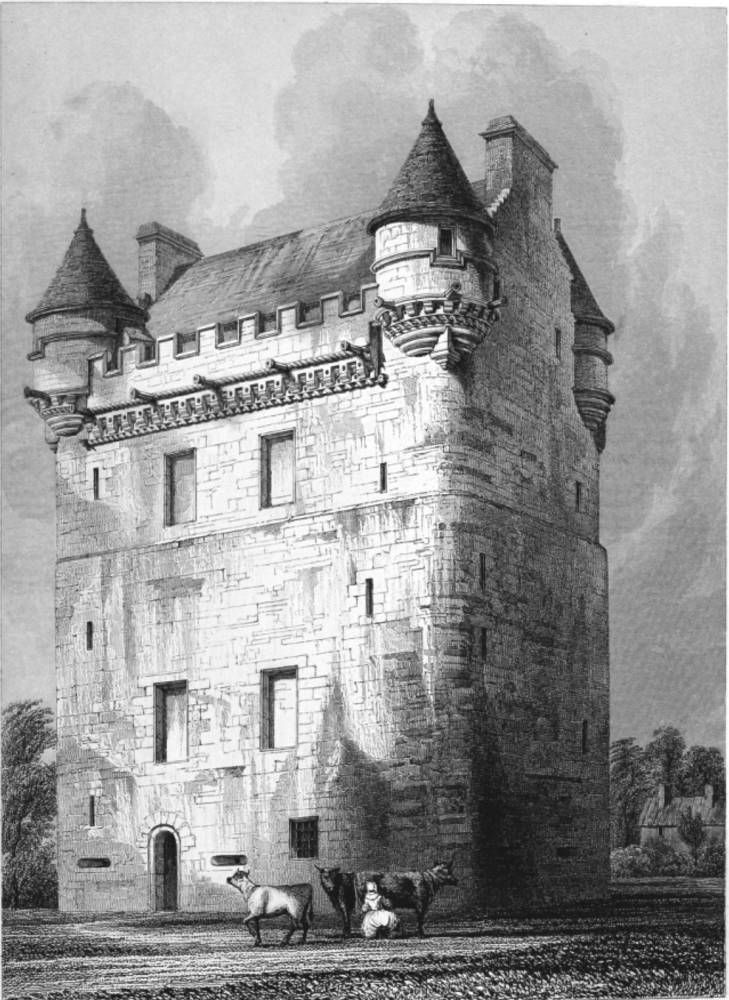From Castle Walls to Courtroom Halls: Tracing Spalding's History Through Two Iconic Buildings
- Andrew Blach
- Aug 5
- 3 min read
If you stand in Spalding’s Sheep Market and look up at the grand, imposing structure of the Sessions House, you’re looking at a solid, tangible piece of our town's history.

But Spalding holds the story of another, even older landmark; a building that once dominated the town but has long since vanished into the earth – Spalding Castle.
What can the tale of a lost castle and a standing courthouse tell us about the journey of Spalding itself? By looking at these two very different buildings, we can trace the evolution of power, justice, and community in our town over a thousand years.
The Lost Fortress: The Tale of Spalding Castle

To find the story of Spalding Castle, we have to go back to the aftermath of the Norman Conquest in 1066. The new king, William the Conqueror, granted the lands of Spalding to one of his most powerful and notorious barons, Ivo Taillebois. To secure his new territory and control the local population of the Fens, Ivo built a classic Norman motte-and-bailey castle around the year 1085.
Located where the Castle Sports Complex now stands, with its influence stretching to Wykes Manor, this was the epicentre of Norman power in the region. Imagine a large earth mound (the motte) topped with a wooden, and later stone, keep, overlooking a large, fortified enclosure (the bailey) bustling with soldiers, stables, and workshops, all protected by a deep moat fed by the River Welland. For centuries, it was a symbol of feudal might, the home of lords who ruled the area.
But like many such castles, its time passed. By the Tudor period, it had fallen into ruin, its stones likely carried away and repurposed for other buildings around the town. Today, nothing remains above ground. Spalding Castle exists only in our history books and in the names of the places that grew up around its ghost.
A New Era, A New Power

Centuries passed. Spalding grew from a feudal town to a prosperous market and agricultural centre. The power of individual lords waned, replaced by a new, formal system of law and civic order. By the booming Victorian era, the town needed a new kind of landmark – not a fortress to project military might, but a building to represent the power of the Law.
A Landmark of Justice: The Sessions House Rises

In 1842, work began on the building we know so well today. Designed by the architect Charles Kirk and built by local man William Worth, the Sessions House was created to host the official Quarter Sessions and Assizes court. It was, in its day, the very definition of a modern, civic building.
Its grand, Jacobean-style architecture was no accident. It was designed to look imposing, solid, and everlasting. It sent a clear message to all who saw it: this is a place of serious justice and civic pride. Where the castle had represented the power of a single man, the Sessions House represented the power of the law for all. For over a century, its halls heard everything from minor disputes to the most serious criminal trials, shaping the lives of the people of South Holland.
The Connection: A Legacy of Stature and Adaptation
Spalding Castle and the Sessions House were the most important buildings of their respective eras. Both stood as the primary symbol of authority in the town.
But here is where their stories diverge. The castle, built for a specific type of feudal warfare, could not adapt. When its purpose ended, it faded away.
The Sessions House, however, has proven more resilient. When the courts eventually moved to new premises, this magnificent building could have suffered the same fate as the castle. Instead, it adapted. It was carefully preserved and transformed. The halls that once echoed with the solemnity of the law now ring with laughter and celebration. A place of judgment has become a place of joy.
It stands today not as a ruin or a ghost, but as a living, breathing piece of Spalding’s heritage.
Experience History For Yourself
While the castle's foundations are now buried beneath our feet, the history of the Sessions House is waiting to be explored. It offers a direct, tangible link to the Victorian past that shaped so much of our modern town.
To learn more about its fascinating journey from a courthouse to a premier local venue, we invite you to visit the history section of our website.



Comments